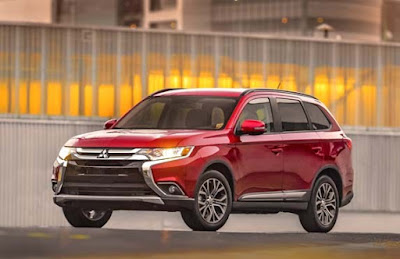The auto industry has a long history of pragmatic alliances, often resulting in surprising marketing arrangements. And the new Scion iA provides an excellent example of the phenomenon. It's built by Mazda, in Mexico, and it's basically a Mazda 2, the company's subcompact sedan
Mazda sold a hatchback version of the 2 in the U.S. but disappointing volumes led to its disappearance. Mazda refrained from offering the sedan version to American buyers, but Toyota's Scion division is poised to do so
The car that will roll into showrooms is essentially all Mazda. The front fascia is supplied by Toyota, and Toyota consulted with Mazda regarding interior appointments. But beyond that, it's Mazda's chassis, sheetmetal, and powertrain
Fiesta fighter
At 171.7 inches in length on a 101.2-inch wheelbase, the iA is similar in size to Ford's Fiesta sedan, though the Fiesta is almost two inches longer and nearly an inch wider. Like almost all cars today, regardless of size, the iM is rated as a 5-passenger vehicle, and like all the cars at this end of the spectrum the center rear seat is uninhabitable for any human much over three feet tall
Similarly, though there is actual legroom in the outboard rear seats, there isn't much of it, and putting a couple adults back there requires considerable cooperation from those up front. But this, too, can be said of many subcompact automobiles
However, if passenger volume is typical of the class, a couple other elements are not. For one, interior materials are a cut or two above what one might expect to find in a car priced under $17,000. For another, the standard equipment inventory includes a rearview camera, automatic climate control, push-button start, tilt/telescope steering, a pair of USB ports, 6-speaker audio, Bluetooth, voice recognition, and a 7-inch touch screen display set up for navigation, one of very few iA options. A tachometer is conspicuous by its absence, but with this powertrain it's pretty much extraneous
Styling a cut above
Like the interior, the iA's styling looks a cut or two above its class and price. The front fascia looks more like contemporary Toyota than Scion, but it lends a sporty touch to a slick package, and the standard 16-inch alloy wheels-as distinct from the more common steel wheels with plastic covers-raise the car's curbside appeal
The suspension components-MacPherson struts front, beam axle at the rear-are standard fare for most subcompacts, but the combination of firm tuning, a solid chassis, and a sharp electric power steering system add up to a level of agility that rates with the best in this class
It may be that some will find the ride quality a little stiff. But be that as it may, the iA is nimble. The badge may say Scion, but there's Mazda zoom zoom in the reflexes
Pre-collision system standard
The safety inventory includes yet another feature you wouldn't expect in this class-Scion calls it the Low-speed Pre-Collision System. Like other similar systems, sensors determine whether the driver is paying attention in sluggish urban traffic (between 2 and 18 mph), and if system brain concludes that intervention is warranted, it's capable of stopping the car
If there's any soft suit in the iA resume, it's power. Mazda's 1.5-liter engine is tuned for fuel economy, and it delivers: 31 mpg city, 41 highway with the standard 6-speed manual transmission, according to the EPA, 33/42 with the optional 6-speed automatic. The automatic has a sport mode, raising shift points for a little more go power. But manual or automatic, 106 hp doesn't generate much in the way of haste, even in a car weighing around 2400 pounds, and back road passing requires careful planning
The iA enters the subcompact derby with an MSRP of $16,495, $17,595 with automatic transmission. It's a one-size-fits-all price-a single trim level with a couple of options (automatic transmission, navigation). It won't be perceived as a thrill ride, but the iA's combination of good looks, fuel economy, athletic dynamics, and exceptional standard features add up to a strong value proposition














































